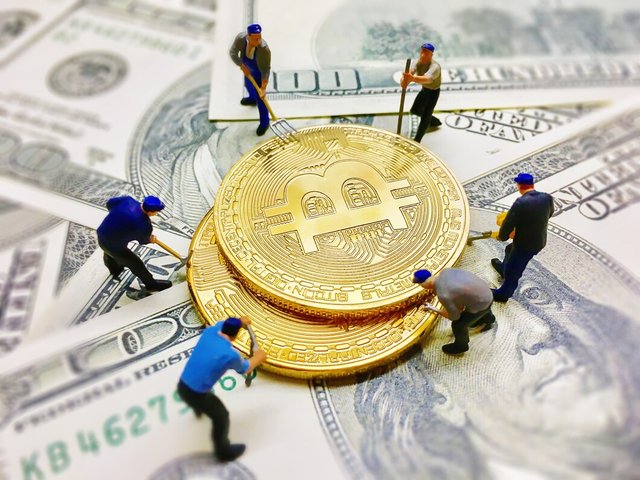Stablecoins are a form of cryptocurrency with a stable market value based on the value of the underlying asset, such as the US dollar, gold among others as opposed to the volatile cryptocurrencies. Unlike many cryptocurrencies such as Bitcoin or Ethereum, the existence of stable coins means that the asset maintains, or is ‘stable’, thus is ideal for use in the normal day-to-day purchases or as money.

Thus, stablecoins are some of the most significant to help with low cost and easy cross-border payments. The limitations associated with the traditional banking systems include very high charges and long clearance durations, while stablecoins allow for quick and cheap transfer touching on the subject of financial liberalization in the regions with poor banking infrastructure.
Also, it has become significant to note that stablecoins have become instrumental in the DeFi system where they are used to lend, borrow, and even earn interest without facing the volatility challenges as are witnessed with other cryptocurrencies.
However, the increasing attention is paid to stablecoins as well, as stablecoins’ appearance has provoked the attention of regulators. Countenances of governments and financial associated entities are worried regarding the impending effects on the realm of money, fiscal policy, and money related stability. To sum up, it can be concluded that stablecoins need to be transparent, have sufficient reserves, and be compliant with the law to pave the way for the growth of stablecoins at a slow and steady pace.
Thus, stablecoins remain one of the most relevant trends as the cryptocurrency market progresses, becoming a perfect link between the decentralised world of cryptocurrencies and the secure systems of centralised finance.
Downvoting a post can decrease pending rewards and make it less visible. Common reasons:
Submit